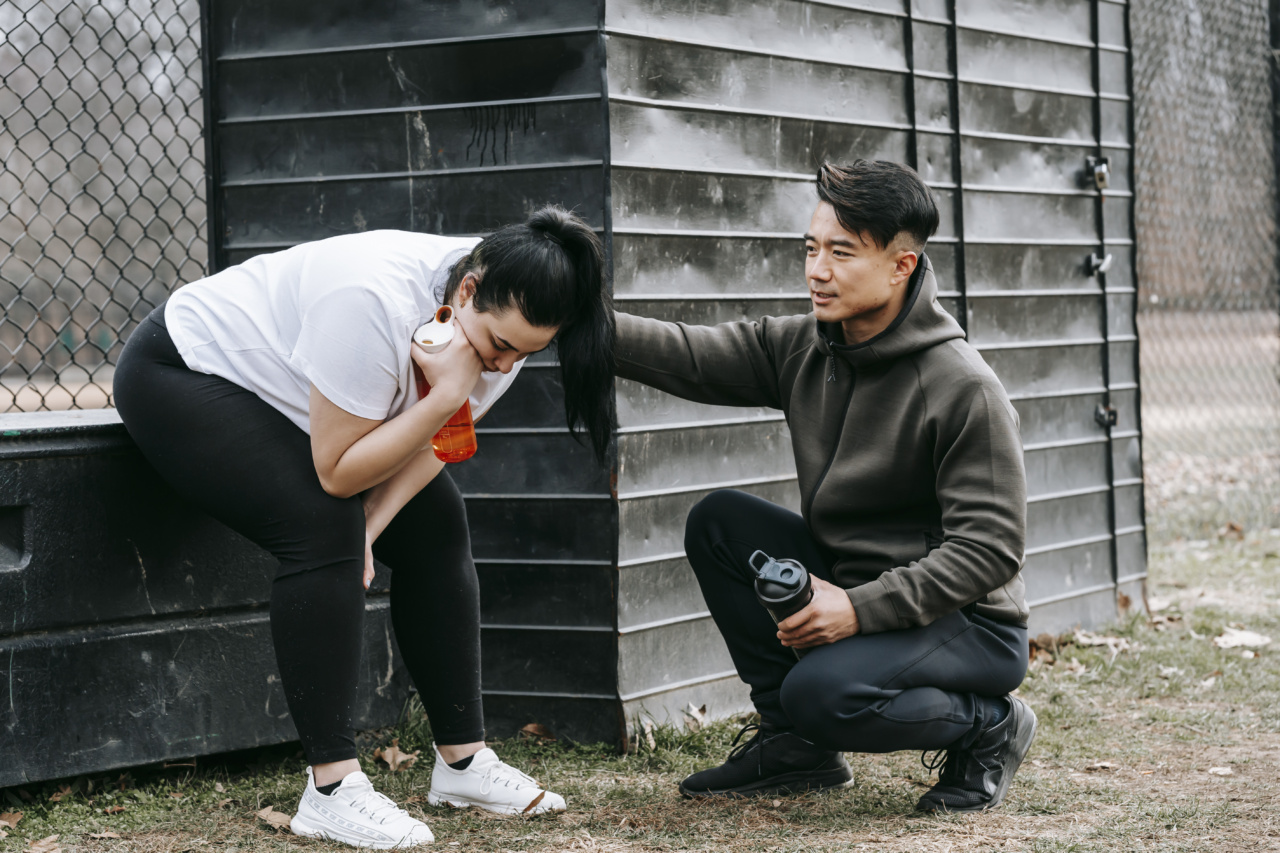Female incontinence is a condition where a woman has trouble controlling her bladder or bowels. It can be caused by various factors such as aging, childbirth, menopause, and certain medical conditions.
Incontinence can be embarrassing and uncomfortable but there are exercises that can help improve and control the issue.
What Are the Different Types of Incontinence?
Before discussing exercises to control and improve incontinence, it is important to understand the different types of incontinence. There are four main types of incontinence:.
Stress Incontinence
Stress incontinence occurs when there is pressure on the bladder, causing leakage. This type of incontinence is often caused by physical activity that puts stress on the pelvic floor muscles such as jumping, running, or sneezing.
Urge Incontinence
Urge incontinence is when there is an intense urge to urinate, and the bladder empties before reaching the restroom. This type of incontinence can be caused by bladder irritation or muscle contractions.
Overflow Incontinence
Overflow incontinence is when there is an inability to completely empty the bladder, resulting in frequent leaks or dribbling. This type of incontinence is usually caused by bladder or urethral blockages.
Functional Incontinence
Functional incontinence is caused by physical or mental issues that make it difficult for the individual to reach the restroom in time. This type of incontinence can be caused by cognitive decline or physical limitations.
Exercises to Control Female Incontinence
The following exercises can help strengthen the pelvic floor muscles, which are responsible for controlling the bladder and bowel movements.
Performing these exercises on a regular basis can reduce the symptoms of incontinence and improve overall bladder control.
Kegel Exercises
Kegel exercises are one of the most popular types of exercises for controlling incontinence. They work by strengthening the pelvic floor muscles, which can help improve bladder control. To perform Kegel exercises:.
- Locate the pelvic floor muscles by stopping the flow of urine midstream.
- Squeeze these muscles for 3 seconds and then relax for 3 seconds.
- Repeat this exercise 10-15 times, three times a day.
- Be sure to breathe normally and avoid squeezing the muscles in the glutes or thighs.
Bridge Pose
The bridge pose is another exercise that can help strengthen the pelvic floor muscles. To perform the bridge pose:.
- Lie on your back with your knees bent and feet flat on the ground.
- Lift your hips towards the ceiling while keeping your feet and shoulders firmly on the ground.
- Hold for 10 seconds and then lower your hips back down to the ground.
- Repeat this exercise 10-15 times, three times a day.
Squats
Squats are exercises that can help improve the strength of the pelvic floor muscles as well as the muscles in the hips and thighs. To perform squats:.
- Stand with your feet slightly wider than hip-width apart.
- Bend your knees while keeping your back straight and lower your hips towards the ground.
- Hold for 5 seconds and then slowly rise back up to the starting position.
- Repeat this exercise 10-15 times, three times a day.
Yoga
Yoga poses can also help improve bladder control by strengthening the pelvic floor muscles. Some yoga poses that are beneficial for incontinence include:.
- Cat and Cow Pose
- Child’s Pose
- Downward Facing Dog
Behavioral Changes to Improve Incontinence
In addition to exercises, there are certain behavioral changes that can help improve incontinence. These include:.
- Limiting caffeine and alcohol intake
- Drinking plenty of water to stay hydrated
- Avoiding constipation by consuming a fiber-rich diet
- Avoiding heavy lifting and straining
When to See a Doctor
If incontinence is interfering with daily life or the exercises are not improving symptoms, it may be time to see a doctor. They can perform tests to diagnose the issue and recommend treatment options.
Conclusion
Incontinence can be an embarrassing condition, but there are exercises and behavioral changes that can help improve and control the issue. Performing Kegel exercises, squats, yoga, and the bridge pose can help strengthen the pelvic floor muscles.
Additionally, limiting caffeine and alcohol intake, drinking plenty of water, and avoiding constipation can help improve the symptoms of incontinence.





























